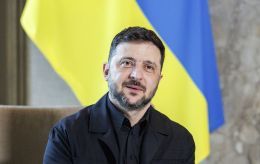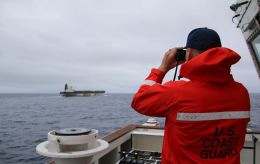Summer strategy: Russia's key targets and Ukraine's prospects to turn the tide before winter
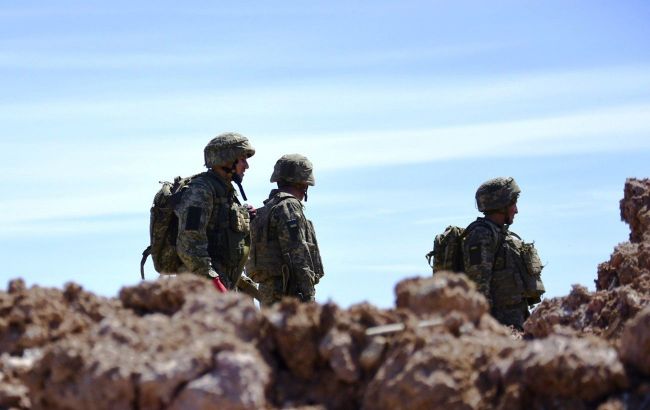 The Ukrainian military needs to withstand Russian pressure at least until the end of the year (t.me/landforcesofukraine)
The Ukrainian military needs to withstand Russian pressure at least until the end of the year (t.me/landforcesofukraine)
Russian troops are attacking along the entire front line. A special emphasis is placed on the Donetsk region, which the Russian occupiers have opened up other areas to capture. Here is the analysis of how events will develop in the summer, where to expect the main attack, and whether the Ukrainian Armed Forces will have time to turn the tide of the war before the cold weather.
Contents
- What to expect at frontline and where Russia will strike first
- When may F-16s appear and will they play key role in 2024
- Plans for Crimean bridge and how to destroy it
- Authorization to strike Russia and how it will change war course
- Ukraine's main task for summer
What to expect at frontline and where Russia will strike first
The situation at the front is complicated, with Russians advancing in many directions, looking for weaknesses. The Ukrainian Defense Forces are holding back Russians and sometimes counterattacking. The fighting is so intense that the General Staff of the Ukrainian Armed Forces reports updates several times daily.
In the north of the Kharkiv region, Russia is trying to push the Ukrainian Armed Forces away from the border with the Belgorod region and approach Kharkiv at a distance from which it can shell the city with artillery. The targets of his attacks are the village of Lyptsi, where the Russians are already on the defensive, and Vovchansk. In this city, they are locked in street battles and suffer losses.
Near Kupiansk, the Russians are advancing on a wide front. In fact, along the entire stretch from Kupiansk to Borova, the Russian occupiers want to reach the Oskil River. In the Lyman area, they are attacking near Torske and Terny.
To the south, Russia has sent forces to gain a foothold on the eastern outskirts of Chasiv Yar. They are using tanks and armored vehicles, which, according to Commander-in-Chief Oleksandr Syrskyi, are being destroyed by Ukrainian FPV drones and other means while still moving.
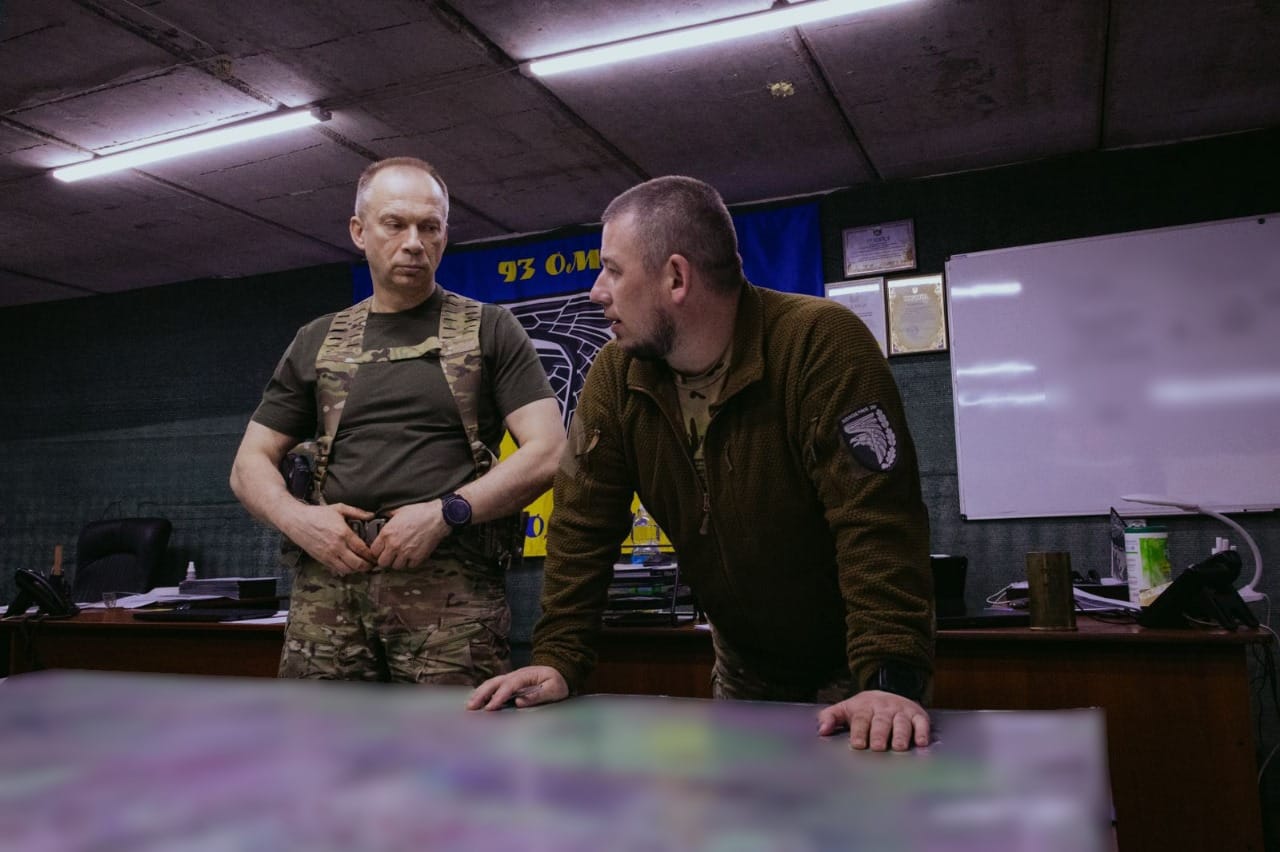
Commander-in-Chief Oleksandr Syrskyi on the Eastern Front (facebook.com/CinCAFofUkraine)
The most intense fighting is taking place in the Pokrovsk and Kurakhove directions. Here, the most trained Russian units are operating to the west and northwest of Avdiivka, as well as in the areas of Krasnohorivka and Vodiane. In other areas - near Velyka Novosilka, on the Robotyne ledge, and in the Krynky area - it is also restless, but the intensity is lower.
All things considered, the situation at the front will be similar in the summer. The main goal is to reach the administrative borders of the Donetsk region, and the Russians will continue to put pressure as part of this plan, says Oleksandr Kovalenko, a military and political observer at the Information Resistance group.
"It will be both Kramatorsk and Pokrovsk directions. It is quite possible that shortly we will also see Toretsk. These are the locations where the fiercest fighting will take place," he tells RBC-Ukraine.
In the south, Russian troops will limit themselves to the problematic Robotyne ledge and the Vremivka direction. They need to regain control of Robotyne, Verbove, Staromaiorske, and Urozhaine, without which they will not be able to advance further. The actions on the Lyman-Kupiansk axis will be relatively limited, as the main forces are located at the Avdiivka bridgehead.
As for the Kharkiv region - Lyptsi and Vovchansk - and in theory the Sumy region, all this will be like border raids to show that Russia can open a new front.
"But this is not a full-fledged new front. This is a terrorist performance to divert attention and force negotiations on Russia's terms," the expert adds.
When may F-16s appear and will they play key role in 2024
Some Ukrainian pilots are completing training on F-16 multi-role fighters. Recently, it was reported that the technical staff returned to the country.
Danish Prime Minister Mette Frederiksen announced that the first F-16s would arrive within months. According to The Standard, in June-July. Ambassador Ole Egberg Mikkelsen said that his country would provide 19 units. It is unknown how many will be in the first batch.
After Denmark, the Netherlands will receive the fighter jets, at least 24 are expected. Another 18 units will be sent to a training center in Romania for further training of Ukrainian pilots.
Vladyslav Seleznov, a military expert and former spokesperson for the General Staff of the Armed Forces of Ukraine, is not sure that F-16s will appear in the Ukrainian sky this summer. Because earlier there were announcements for March. March has long since passed and it is not known for certain whether the fighters will be delivered in June. Only official announcements will dot the i's and cross the t's.
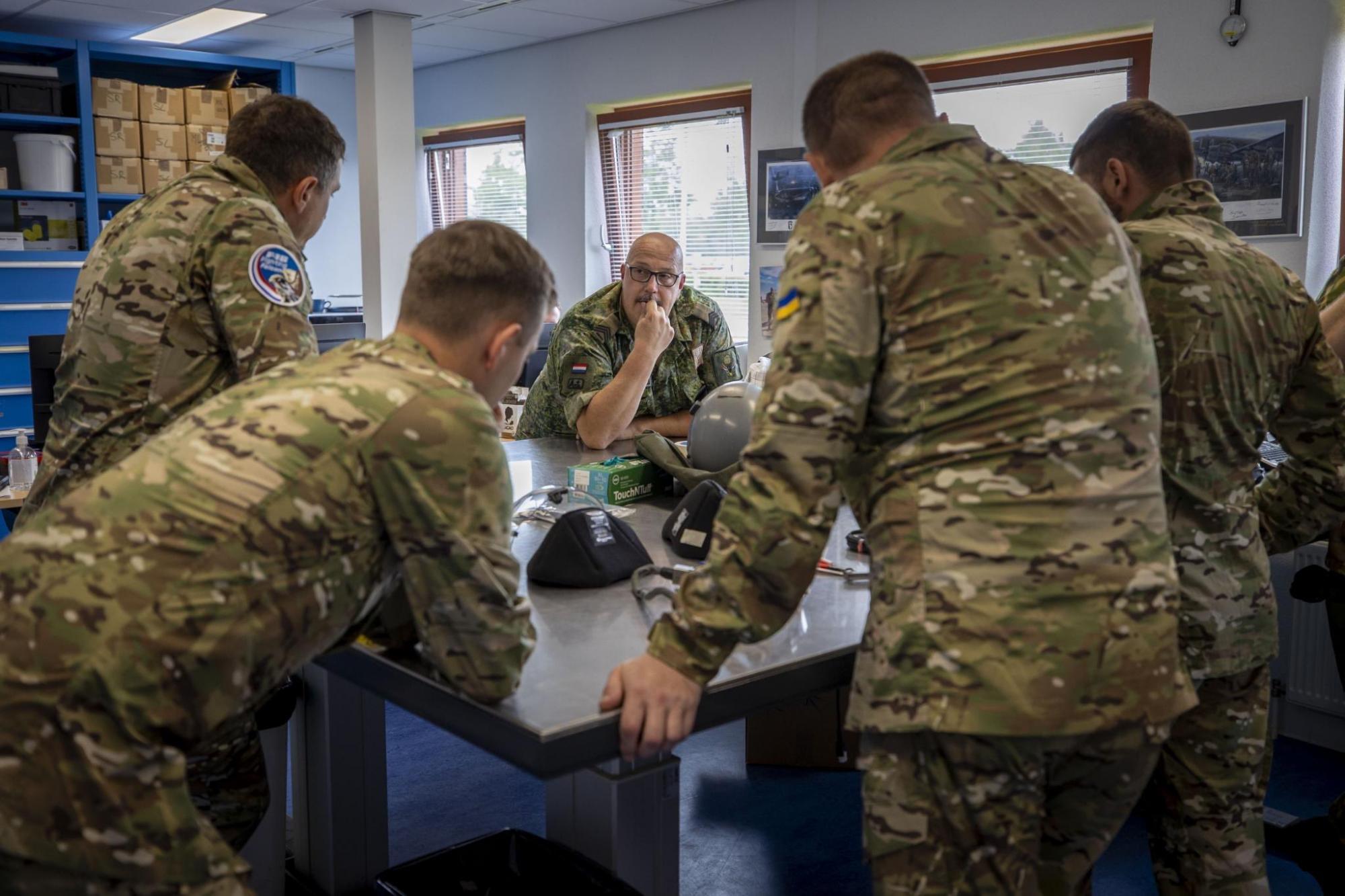
Training of Ukrainian technicians on F-16s in the Netherlands (x.com/Jvd_Tweet)
Most likely, the F-16 will be announced based on the results of combat operations, Kovalenko believes.
"It was the same with AGM-88 HARM anti-radar missiles. At first, they destroyed several Russian radars, and only after that it was announced that we had received them," he says.
According to Seleznov, F-16s do not play a key role at the front this year.
"A dozen or two will not radically change the situation. However, to some extent, they will enhance air defense capabilities and provide cover for operations both on land and in the waters of the Black and Azov Seas," the expert emphasizes, adding that 120-130 units are needed to achieve parity with Russia.
One way or another, the Ukrainian Air Force needs to switch to Western-style aircraft. Partners also have fewer and fewer of them. Fewer countries are willing to sell them for further transfer to Ukraine.
The second point is that Ukraine will not receive the latest F-16 modification with the best characteristics, Kovalenko explains. Most likely, they will be on par with the MIG-29 in terms of their capabilities. However, the undoubted advantage may be working in conjunction with NATO's AWACS long-range radar detection aircraft.
"It also depends on the range of weapons the F-16s will receive. If they get AIM-120 AMRAAM air-to-air missiles, then we will be destroying Russian aircraft. If it is air-to-surface, then AGM-158 JASSM cruise missiles are better for striking targets, for example, in Crimea. In my opinion, the most effective fighters will be in the south and with AWACS support," he adds.
Plans for Crimean Bridge and how to destroy it
At the beginning of the year, the head of the Security Service of Ukraine Vasyl Maliuk said that the Crimean bridge was doomed. Navy Commander Oleksii Neizhpapa said that the structure would be gone in 2024, and added that he knew how to do it. Chief of Defense Intelligence of Ukraine Kyrylo Budanov announced surprises and advised Crimeans not to use the bridge.
In April, The Guardian reported, citing sources, on an alleged plan to destroy the bridge in the first half of the year. After the 2023 strikes, Moscow abandoned military logistics across the bridge and switched to land routes, The Independent reported. The strikes on the pillars have led to the fact that the railroad cannot be used to its full potential.
Ukrainian Air Force spokesperson Illia Yevlash emphasizes that the Crimean Bridge is one of the most secure facilities in the world and is reliably covered by air defense. Therefore, there will be a guaranteed hit if a large number of missiles are launched. Experts know where to strike, but it takes time and timing.
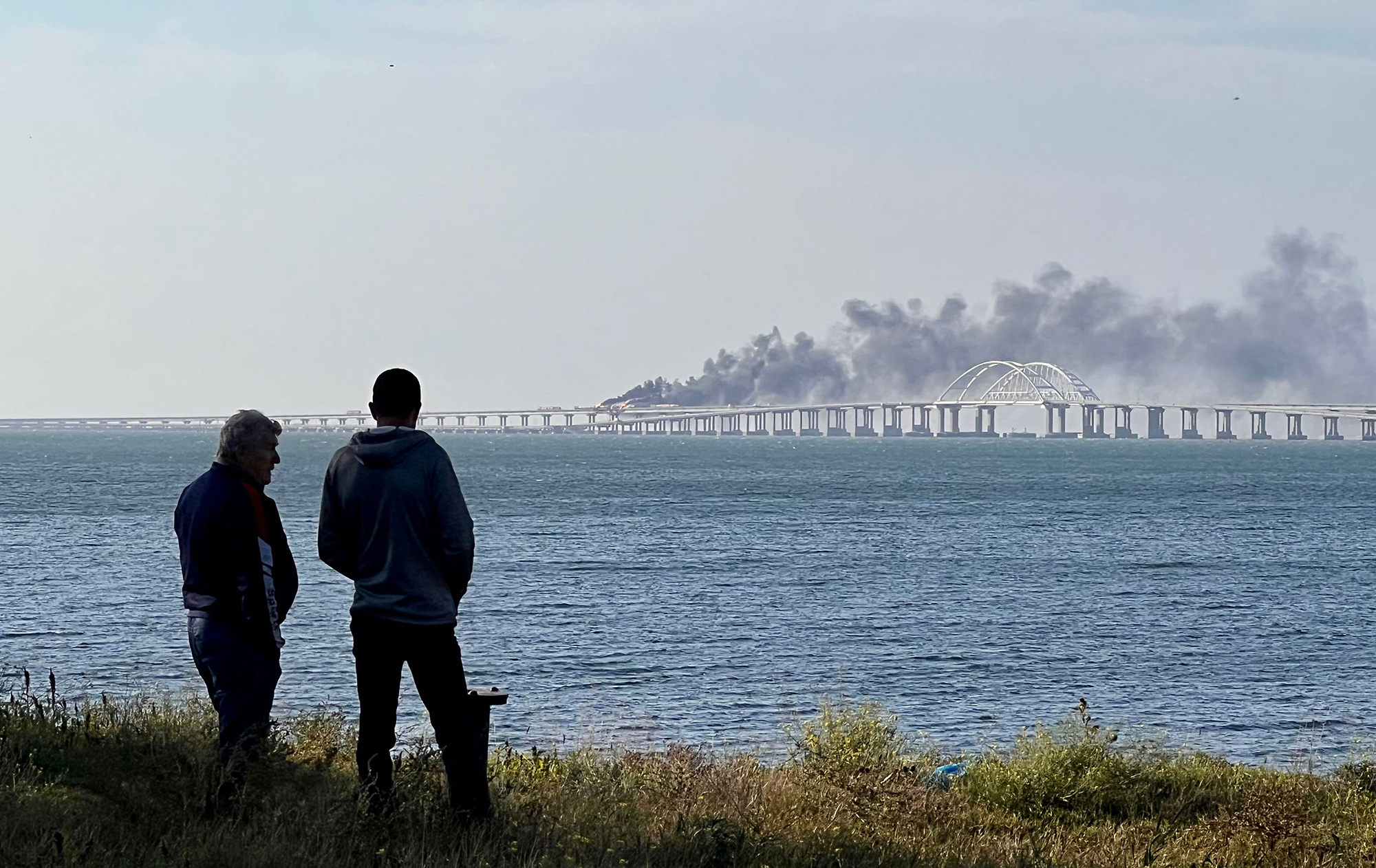 Ukraine may try to destroy the Crimean Bridge this summer (Getty Images)
Ukraine may try to destroy the Crimean Bridge this summer (Getty Images)
It won't be possible to destroy it completely, but it will likely be critically damaged in the summer. This requires appropriate conditions, and they are currently being formed.
"A zone is being created over the Crimean peninsula, which I call a passage yard. Russian air defense systems are being destroyed. All this is necessary so that Ukrainian weapons can reach the Crimean bridge with less risk," explains Oleksandr Kovalenko.
The strikes on airfields in Dzhankoy and Belbek, and on anti-aircraft missile regiments in Ai-Petri and Tarkhankut fit into this logic. The main target was not Russian aircraft but S-400 systems.
"Now everything is being done to minimize the effectiveness of Russian air defense in Crimea. As soon as this is done, we should expect strikes on the bridge," he says.
Authorization to strike Russia and how it will change war course
After the US finally approved a multibillion-dollar aid package for Ukraine, US weapons should be delivered uninterrupted. In the summer Ukraine may receive not only Patriot, but also additional artillery, Bradley armored vehicles, and more.
"I am more hopeful that the weapons that were promised earlier will finally arrive in commercial quantities. As it turned out, promising and doing are not always interconnected. Ukrainian Defense Minister Umerov said that only 50% of what was promised was delivered on time. And President Zelenskyy said that Ukraine partners' decisions are a year late," says Vladyslav Seleznov.
However, the main news of the coming weeks may be another departure of the West from its red lines. According to the NYT, the administration of US President Joe Biden is having a heated debate about whether to allow strikes on targets in Russia with American weapons.
The debate was initiated by Secretary of State Antony Blinken after he visited Kyiv. However, it is unclear how many people from Biden's inner circle supported him. However, there is another hint of change. Pentagon chief Lloyd Austin, at a briefing following the 22nd Ramstein meeting, seemed to suggest that there might be exceptions at least for strikes on Russian aircraft with airborne control centers that launch them without entering Ukrainian airspace.
"The dynamics in the air are a little bit different," Austin admits.
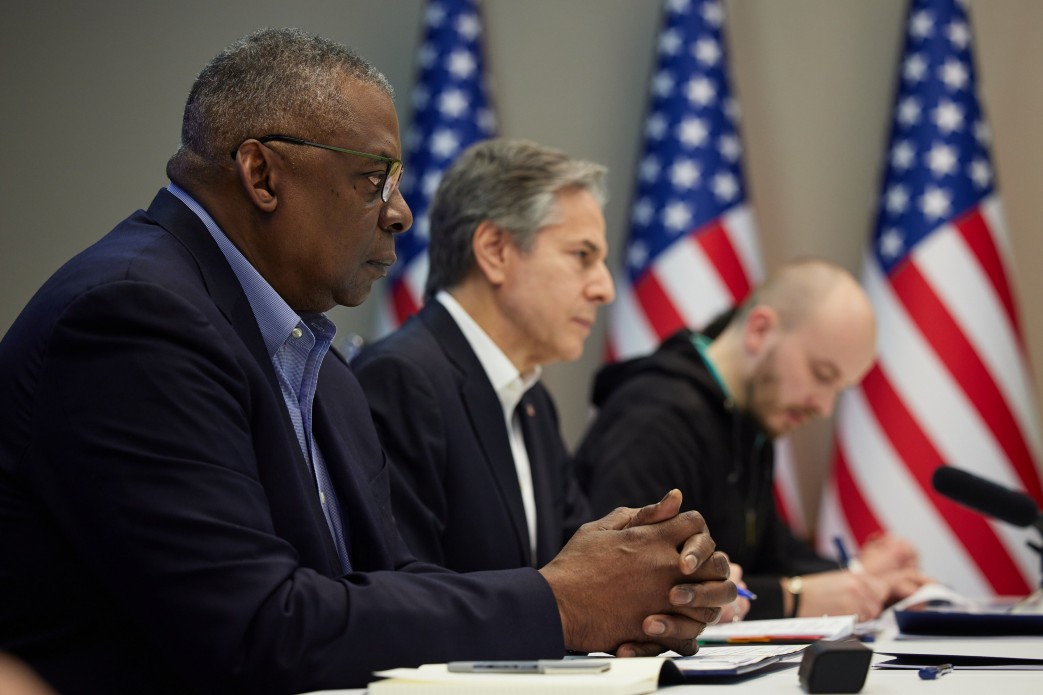 The United States seems to be moving closer to a decision to allow American weapons to be used on Russian territory (president.gov.ua)
The United States seems to be moving closer to a decision to allow American weapons to be used on Russian territory (president.gov.ua)
Recently, a group of congressmen called for authorization to attack military targets in Russia. The idea was supported even by House Speaker Mike Johnson, who had been blocking aid for several months. But US Defense Department spokesperson Pat Ryder emphasizes that the Pentagon's position has not changed.
"That's why I'm skeptical when official spokespeople talk about categorical disagreement. Most likely, this option will continue to be available," Seleznov believes.
If it were otherwise, Ukraine would have attacked the facilities in Belgorod and Kursk regions because there are reconnoitered targets, but no resources to strike at least 100 kilometers beyond the border.
"Of course, if we get the permission, it will affect the course of the war radically. Just like when we received the first ATACMS for HIMARS MLRS. Because now Russians feel safe and are forming strike groups with impunity just a few kilometers from the border. As soon as Ukraine is given the go-ahead for HIMARS on the territory of the Russian Federation, Russia will be forced to pull its forces away, otherwise, they will lose everything," the expert adds.
Ukraine's main task for summer
As long as Russia has the initiative in most parts of the front, we should hardly expect a breakthrough on the Ukrainian side. At least in the coming months.
"2024 is the year of strategic defense. Therefore, Ukraine's task is to dig trenches, create powerful fortifications, and throw all resources at an extensive network of engineering fortifications. Because it fulfills two missions: it saves the lives of soldiers and slows down the advance of the Russian army," Seleznov explains.
In an interview with AFP, Volodymyr Zelenskyy said that there are prospects for a new Ukrainian counteroffensive. But first, the frontline needs to be stabilized. He dodged the question of whether it would be possible to seize the initiative in 2025.
The defense will remain the No. 1 priority both in the summer and until the end of the year. There are no obvious prerequisites for turning the tide of the war before the cold weather.
At the moment, the Russians feel that the Ukrainian Armed Forces have fewer resources for defense and are putting maximum pressure on the battlefield. This will continue until the Ukrainian army receives enough weapons to effectively respond to the occupiers.
"I don't think it (the counteroffensive - ed.) can happen by the end of the year. Although we have some interesting locations. For example, on the left bank of the Kherson region, where our control zone in Krynky is expanding. Despite the superiority of the Russians in personnel and equipment, they cannot restrain its expansion," Oleksandr Kovalenko summarizes.
Sources: President Volodymyr Zelenskyy, Commander-in-Chief of the Armed Forces of Ukraine Oleksandr Syrskyi, military spokespeople, and Western politicians, as well as comments by military analysts Vladyslav Seleznov and Oleksandr Kovalenko.
